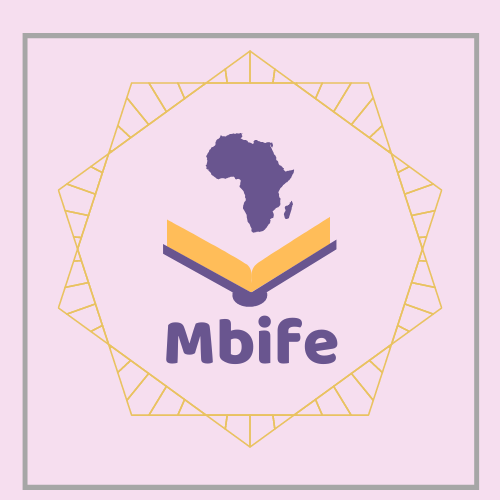Interview with Readers Inspired
African Picture Book Author Spotlight
Q: When did you first become interested in writing for children and did you always know you wanted to write African heritage books?
A: Inclusion has always been at the heart of everything I do but I only recently linked it to children’s literature. It is important for me to remind us all that inclusion is a human right, one that we promised children everywhere through the United Nations Convention on the Right of the Child. So, we should not only do ‘inclusion,’ from the goodness of our heart, or when we have time, or when we have room for diversity. We have an obligation to every child, to ensure that they feel reflected, that they feel loved, cared for, protected and heard.
Diversity in children’s literature became the answer to one of my most challenging moments in life. Like all children, my daughter then aged 4, struggled to find a space where she felt she belonged. She didn’t feel part of the norm, she felt unpretty, she didn’t want to be brown, she didn’t want to be different anymore. This universal experience of otherness was amplified by a mainly homogenous Scandinavian environment. And the one thing that lifted her spirits and got her singing again, was books. I had spent hours ordering books, talking to librarians, reading to her, reminding her of the beauty in her brown, and sparkle in her curls. The message got through one page at a time. Reading has become our ritual and our remedy. So, we read more and I blogged more.
Q: You published your books while based in Europe. Do you think there are any unique challenges to publishing and marketing a book while based on the continent? What are they and how did you overcome them?
Although I see slow but sure changes in the trend. I have found it hard to publish and market my book via the traditional route. There seems to be less of an interest in the theme I was offering. There also appears to be a prevailing narrative that African heritage books are for African heritage children. Books are for all children, we all have different perspectives and interpretations from the stories we read, some more than others. As we struggle to be more inclusive with our storytelling, we must also be inclusive with our audience

